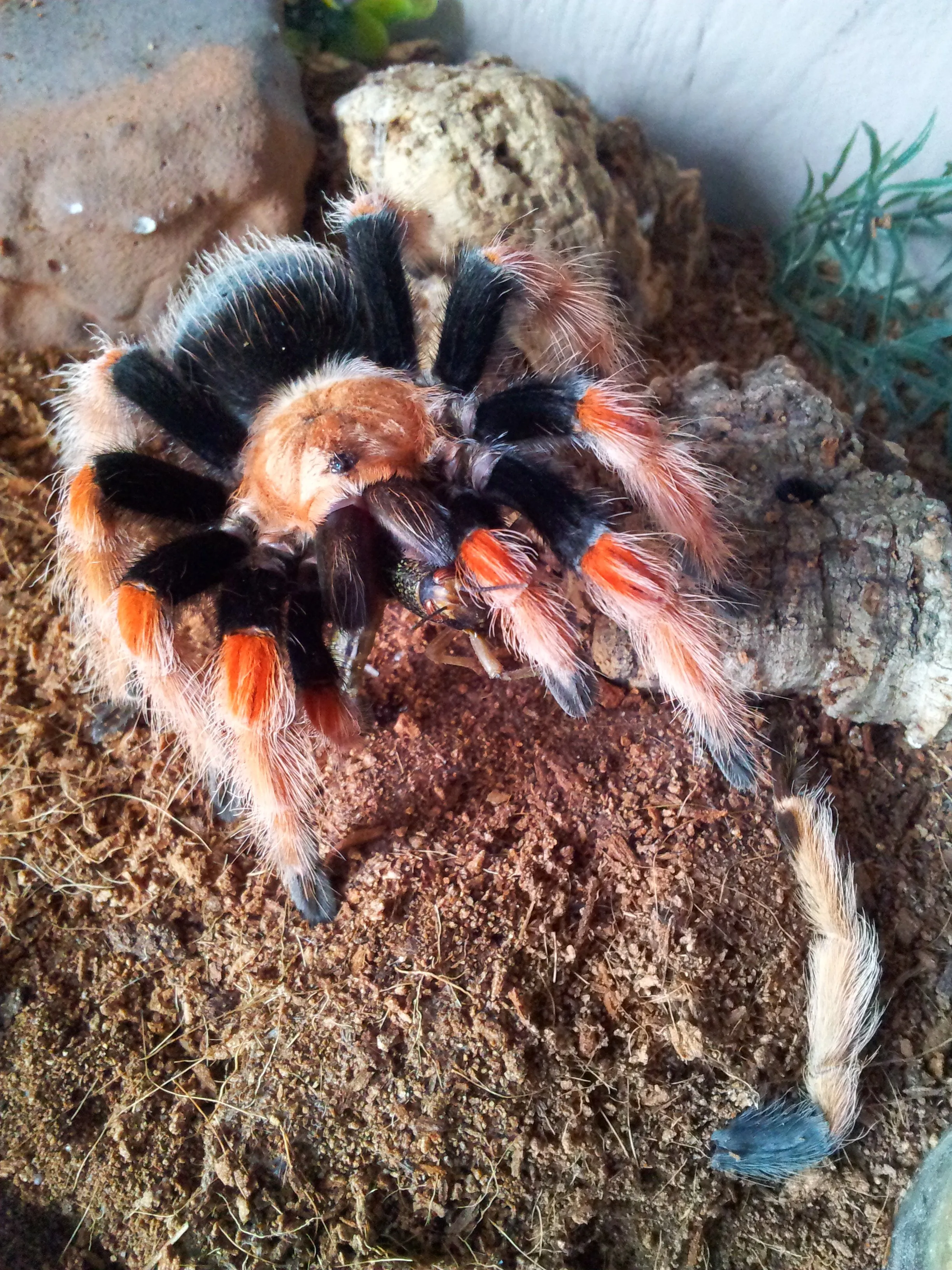Boehmei Tarantula Overview
The Boehmei tarantula, scientifically known as Brachypelma boehmei, is a captivating species that has gained immense popularity among tarantula enthusiasts. Native to the tropical forests of Mexico, this tarantula is admired for its striking coloration, relatively docile temperament, and manageable care requirements. This comprehensive care guide provides insights into every aspect of Boehmei tarantula care, from setting up their habitat to understanding their behavior and health. By following these guidelines, you can provide your Boehmei tarantula with an enriching environment, contributing to its longevity and overall well-being. Understanding the needs of your tarantula is paramount for providing a fulfilling life for your captivating pet.
Boehmei Tarantula Appearance
The Boehmei tarantula is a visual delight, boasting a vibrant color palette that makes it a standout in any collection. Their bodies are typically a deep, velvety black, contrasted by striking orange or red hairs that adorn their legs and carapace. These vibrant hairs serve as a defense mechanism; when threatened, the tarantula can flick these urticating hairs, causing irritation to potential predators. The juveniles often have a more muted coloration, which gradually intensifies as they mature. Fully grown females can reach a leg span of up to 6 inches, while males are typically smaller. These visual characteristics are not just for show; they’re a testament to the evolutionary adaptations that allow this species to thrive in its natural environment.
Boehmei Tarantula Lifespan
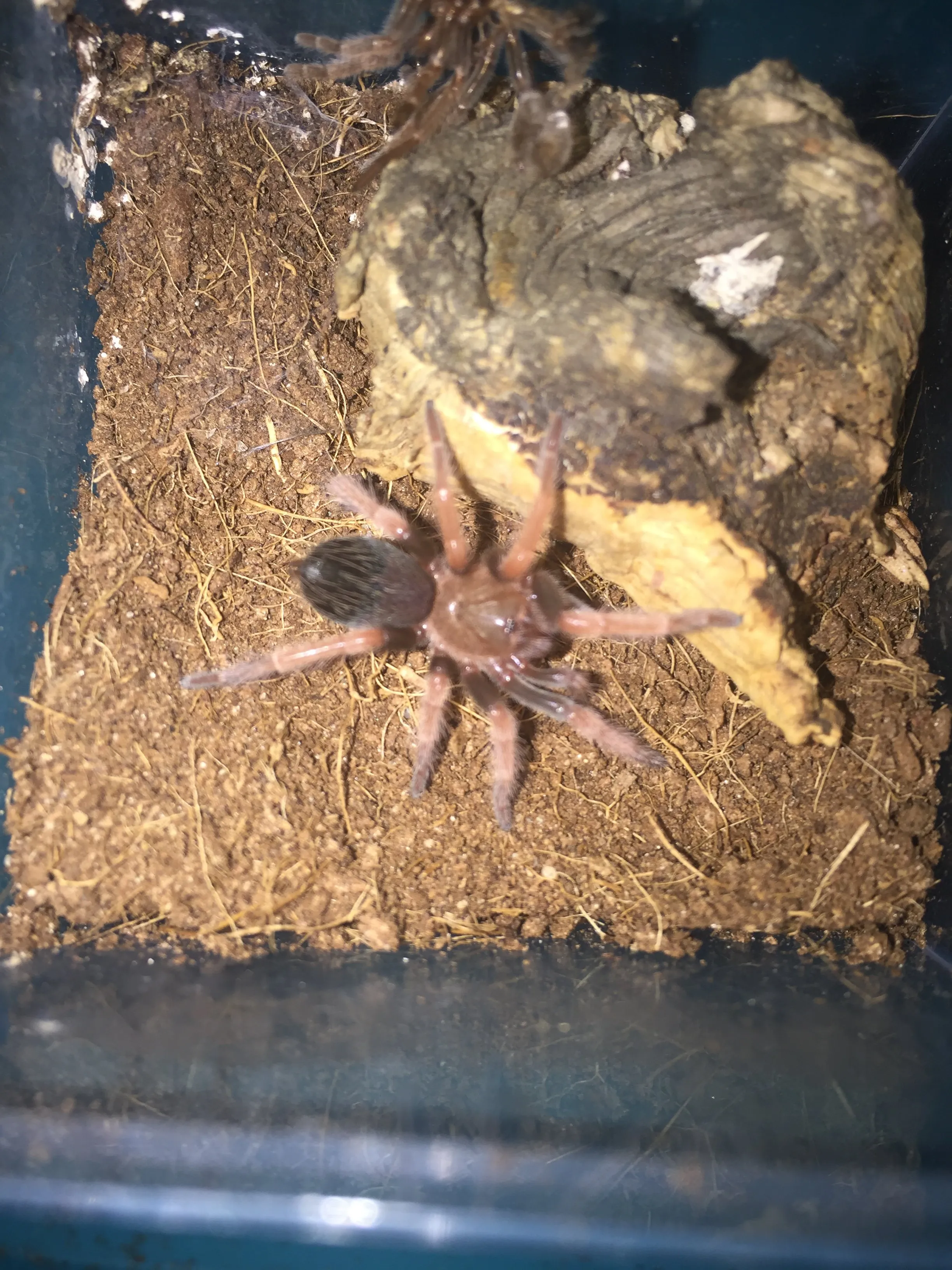
One of the most appealing aspects of owning a Boehmei tarantula is its impressive lifespan. Females can live for up to 20-25 years, offering a long-term commitment for any dedicated owner. Males, on the other hand, have a significantly shorter lifespan, typically living for only 5-7 years. This difference in lifespan is primarily due to the biological demands of reproduction. Understanding the lifespan of your tarantula is important in providing the proper care, as it can affect various things such as the size of the enclosure needed or any specific health concerns you may need to be aware of, depending on their age. Proper care, including a balanced diet and a suitable environment, is crucial in maximizing your tarantula’s longevity and well-being.
Boehmei Tarantula Enclosure Setup
Creating the right enclosure is fundamental to the well-being of your Boehmei tarantula. The enclosure should provide ample space, proper ventilation, and a secure environment to prevent escapes. The ideal setup replicates the tarantula’s natural habitat, offering hiding places and opportunities for thermoregulation. The enclosure should be constructed of transparent material, such as glass or acrylic, to allow for easy viewing. Ensure the enclosure has a secure lid to prevent escape, as Boehmei tarantulas are known to be escape artists. Also, consider the size of your tarantula when determining the appropriate enclosure. For slings (juvenile tarantulas), a smaller enclosure is preferable, as it will allow for easier access to food and water, while also minimizing stress.
Boehmei Tarantula Enclosure Size
The size of the enclosure is crucial for your Boehmei tarantula’s comfort and well-being. A general guideline is to provide an enclosure that is at least three times the tarantula’s leg span in width and length. For a fully grown adult, a 10-gallon tank or larger is generally recommended. While a larger enclosure is usually better, it’s also important not to provide too much space, particularly for slings, as it can make it harder for them to find food. The enclosure should be tall enough to accommodate several inches of substrate, allowing the tarantula to burrow if it chooses. The enclosure should be designed to facilitate ease of cleaning and maintenance. A well-designed enclosure is one of the cornerstones of successful Boehmei tarantula care.
Boehmei Tarantula Substrate
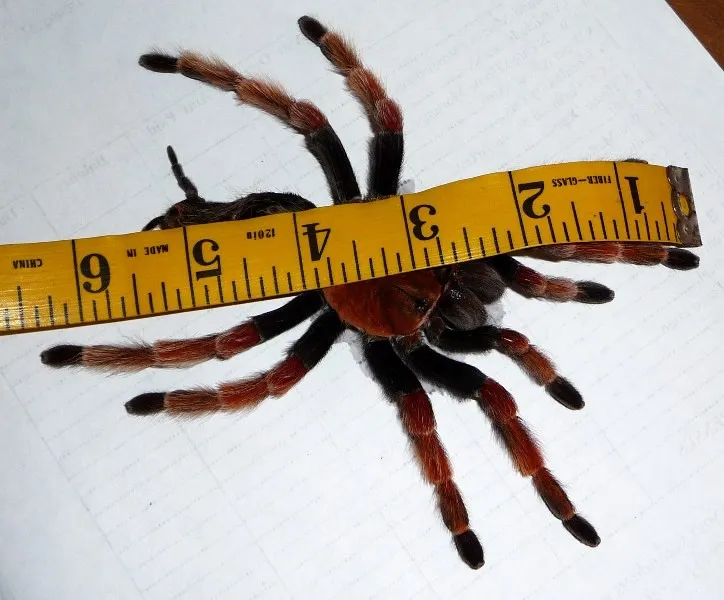
The substrate is the foundation of your Boehmei tarantula’s environment, providing a surface for walking, burrowing, and maintaining humidity. A good substrate should also provide a naturalistic aesthetic and be safe for your tarantula. A mix of peat moss, coco fiber, and a bit of vermiculite is a popular choice. This blend helps retain moisture while providing adequate drainage, preventing mold and mildew. The substrate should be at least 4-6 inches deep for adults, allowing them to burrow and feel secure. It is also important to spot-clean the substrate regularly to remove any uneaten food and fecal matter, which is essential for maintaining a healthy environment. Avoid substrates that are dusty or contain harmful chemicals, as these can be detrimental to your tarantula’s health.
Boehmei Tarantula Temperature and Humidity
Boehmei tarantulas thrive in a specific range of temperature and humidity. Maintaining the correct environmental conditions is critical to their health and molting success. The ideal temperature range is between 75-85°F (24-29°C), which can be achieved using a heat mat or a low-wattage heat lamp. It’s important to monitor the temperature regularly using a thermometer placed within the enclosure. Humidity levels should be kept between 60-70%, which can be monitored with a hygrometer. To maintain humidity, lightly mist the enclosure once or twice a week, allowing the substrate to retain some moisture. Ensure proper ventilation to prevent the buildup of excessive humidity, which can lead to mold and respiratory issues. Proper temperature and humidity levels are paramount for the survival of your tarantula.
Boehmei Tarantula Feeding and Diet
Feeding your Boehmei tarantula a balanced diet is essential for its growth and overall health. These tarantulas are opportunistic predators and will readily consume a variety of insects. The diet should be varied to provide all the necessary nutrients. The frequency of feeding depends on the tarantula’s age and size. Slings should be fed two to three times a week, while adults can be fed once or twice a week. It’s important to remove any uneaten prey within 24 hours, as they can stress the tarantula and potentially cause injury during molting. Always ensure that the food source is healthy and pesticide-free, to prevent any adverse health effects on your tarantula. A well-nourished tarantula will be more active and have a greater chance of successful molting.
Boehmei Tarantula Food Choices
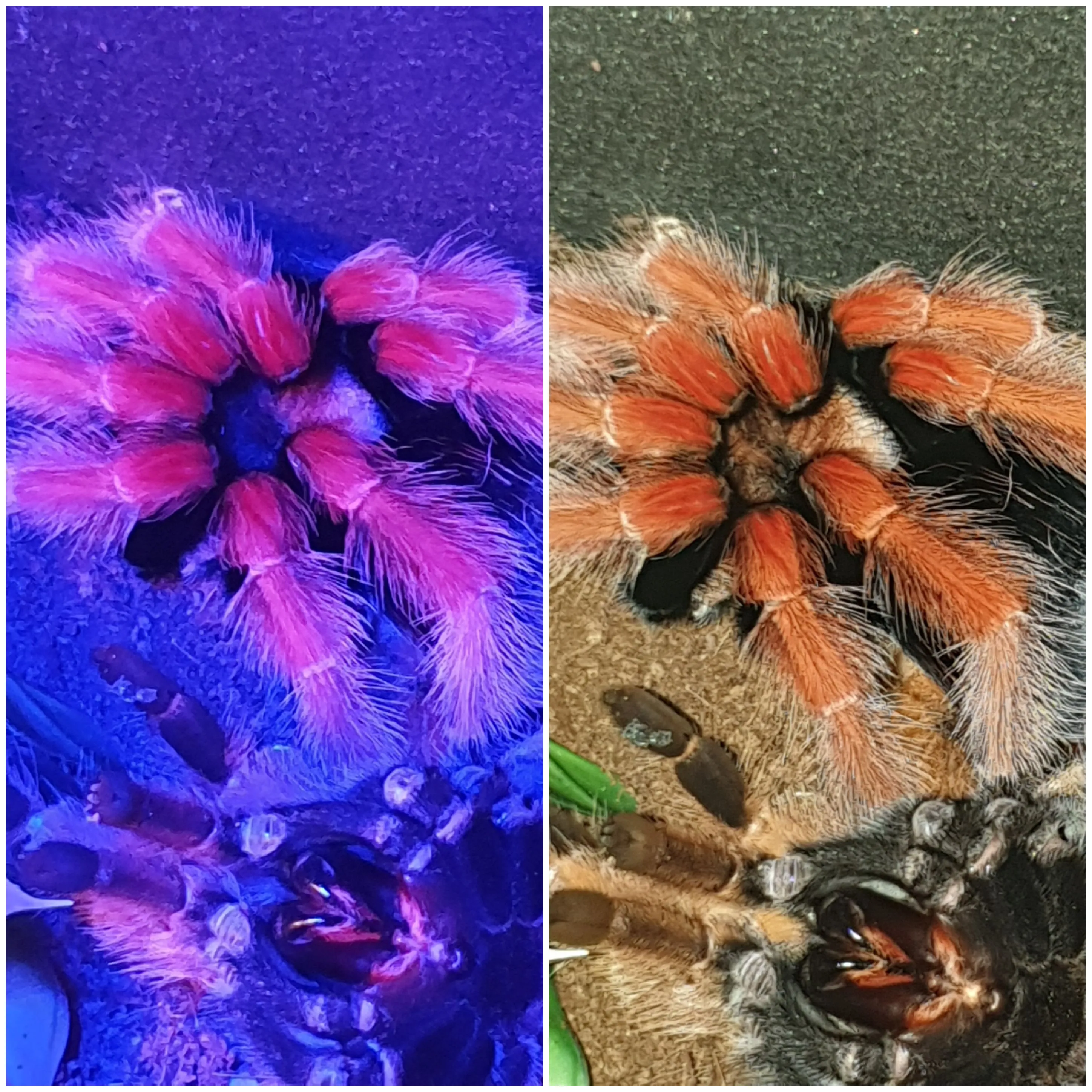
Offering a diverse range of insects is essential for providing a balanced diet to your Boehmei tarantula. Crickets are a staple food, readily available and easy to care for. Dubia roaches are another excellent option, as they are high in protein and easy to breed. Mealworms and superworms can be offered as occasional treats, but should not form the primary part of the diet due to their high fat content. Before feeding, insects should be gut-loaded with nutritious foods such as fruits and vegetables to ensure your tarantula receives all the necessary vitamins and minerals. The size of the prey should be appropriate for the tarantula’s size; it should be no larger than the tarantula’s body. Remember, a varied and well-balanced diet will support the health and vitality of your Boehmei tarantula.
Boehmei Tarantula Water and Hydration
Providing fresh water is crucial for your Boehmei tarantula’s hydration and overall well-being. They require a constant source of clean water to drink, especially in a captive environment. A shallow water dish, filled with clean water, should always be available. The water dish should be small enough to prevent the tarantula from drowning, and it should be regularly cleaned and refilled to prevent the buildup of bacteria. Some tarantula keepers also mist the enclosure to provide additional hydration, especially during the molting process, as this can help the tarantula to shed its exoskeleton. Regular monitoring of the water source is essential to ensure your tarantula remains adequately hydrated and healthy. Always provide a reliable source of fresh, clean water to maintain hydration for your tarantula’s survival.
Boehmei Tarantula Handling and Safety
While Boehmei tarantulas are known for their relatively docile temperament, handling them should be approached with caution. Handling is not typically necessary and can stress the tarantula, potentially leading to defensive behaviors such as biting or flicking urticating hairs. If handling is required, do so gently and slowly, avoiding sudden movements. Always wash your hands before and after handling the tarantula, to prevent contamination and to protect yourself. Be aware of the tarantula’s posture and behavior; if it appears agitated or defensive, it’s best to leave it undisturbed. Should a bite occur, it’s usually not life-threatening, but it can be painful and cause localized swelling. Remember, observing your tarantula from a distance is often the best way to enjoy its beauty and behavior while ensuring its safety and your own.
Boehmei Tarantula Signs of a Healthy Tarantula
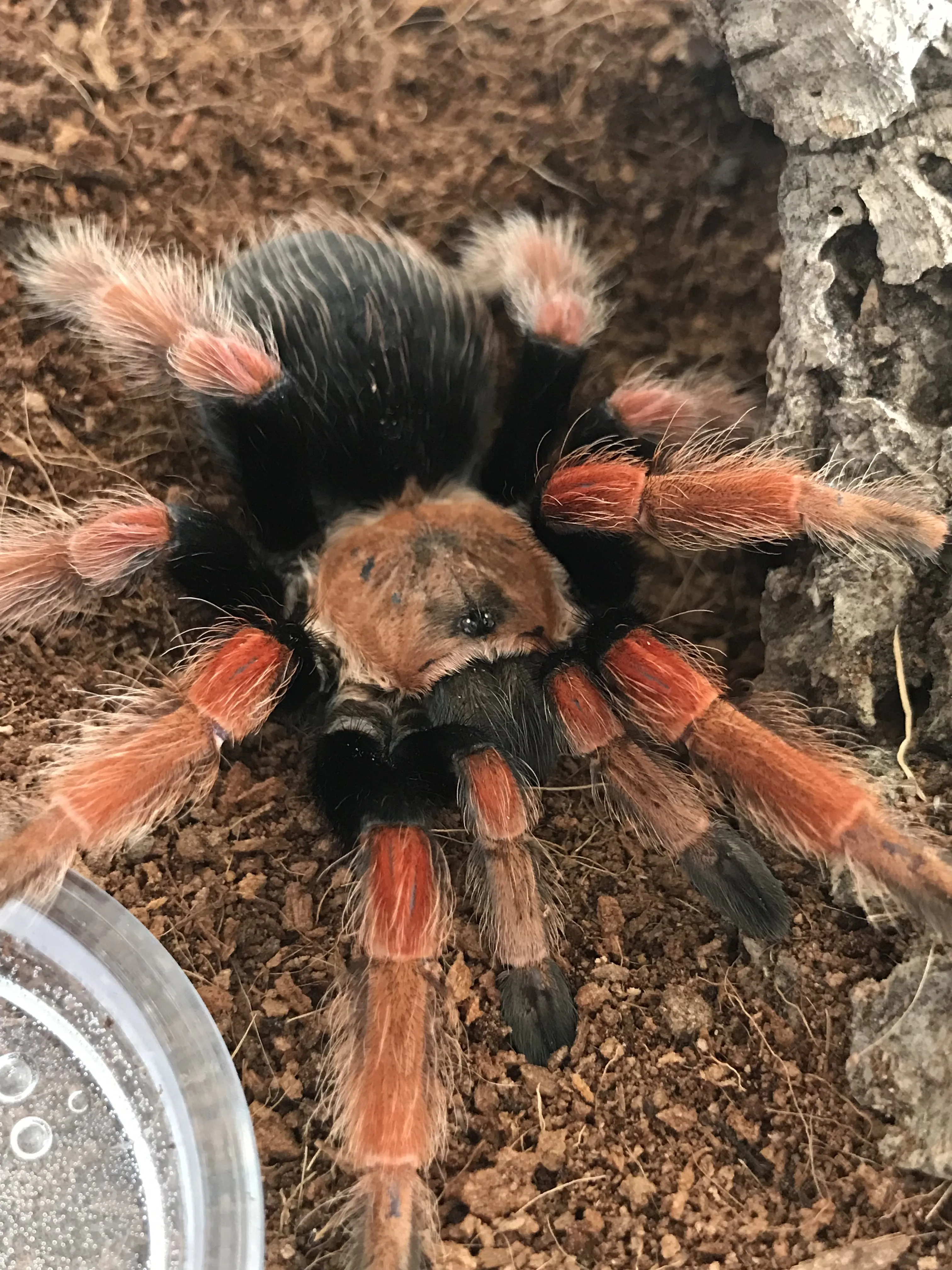
Recognizing the signs of a healthy Boehmei tarantula is crucial for providing appropriate care and addressing potential issues early on. A healthy tarantula should be active, moving around its enclosure and exploring its surroundings. It should have a robust appetite and readily consume the prey you provide. A healthy tarantula will also exhibit vibrant coloration, with well-defined patterns and colors. Check for any signs of injury or illness, such as missing legs, lesions, or unusual behavior. The abdomen should be firm and rounded, not shrunken or wrinkled. Regular observation and monitoring are essential for ensuring your tarantula’s well-being; if you notice any changes in its behavior, appearance, or appetite, consult with an experienced tarantula keeper or a veterinarian specializing in exotic animals.
Boehmei Tarantula Common Health Issues
While Boehmei tarantulas are generally hardy, they can be susceptible to certain health issues if their needs are not met. Dehydration is a common problem, often resulting from inadequate water or low humidity. Fungal infections can occur if the enclosure is too humid or poorly ventilated. Parasites are rare in captive tarantulas, but can be a risk if wild-caught prey is used. Other potential issues include injuries from falls or aggressive encounters with prey. By understanding potential health risks and practicing preventative measures, you can significantly improve your tarantula’s overall health and quality of life. A proactive approach, combined with a vigilant observation routine, is the key to maintaining a healthy and happy Boehmei tarantula.
Boehmei Tarantula Molting Process
Molting is a natural and essential process for tarantulas, allowing them to grow and replace their exoskeleton. During molting, the tarantula sheds its old skin to reveal a new, larger one. This process can be stressful and leaves the tarantula vulnerable. The molting process can last from several hours to several days, during which the tarantula may stop eating and become less active. The signs of an impending molt include a change in coloration, a loss of appetite, and the tarantula spending more time in its burrow. It is important to provide a humid environment and avoid disturbing the tarantula during molting. After molting, the tarantula will be soft and vulnerable. Do not feed it for several days until its fangs have hardened. Understanding and supporting the molting process is crucial for your Boehmei tarantula’s growth and overall health.
Boehmei Tarantula Breeding
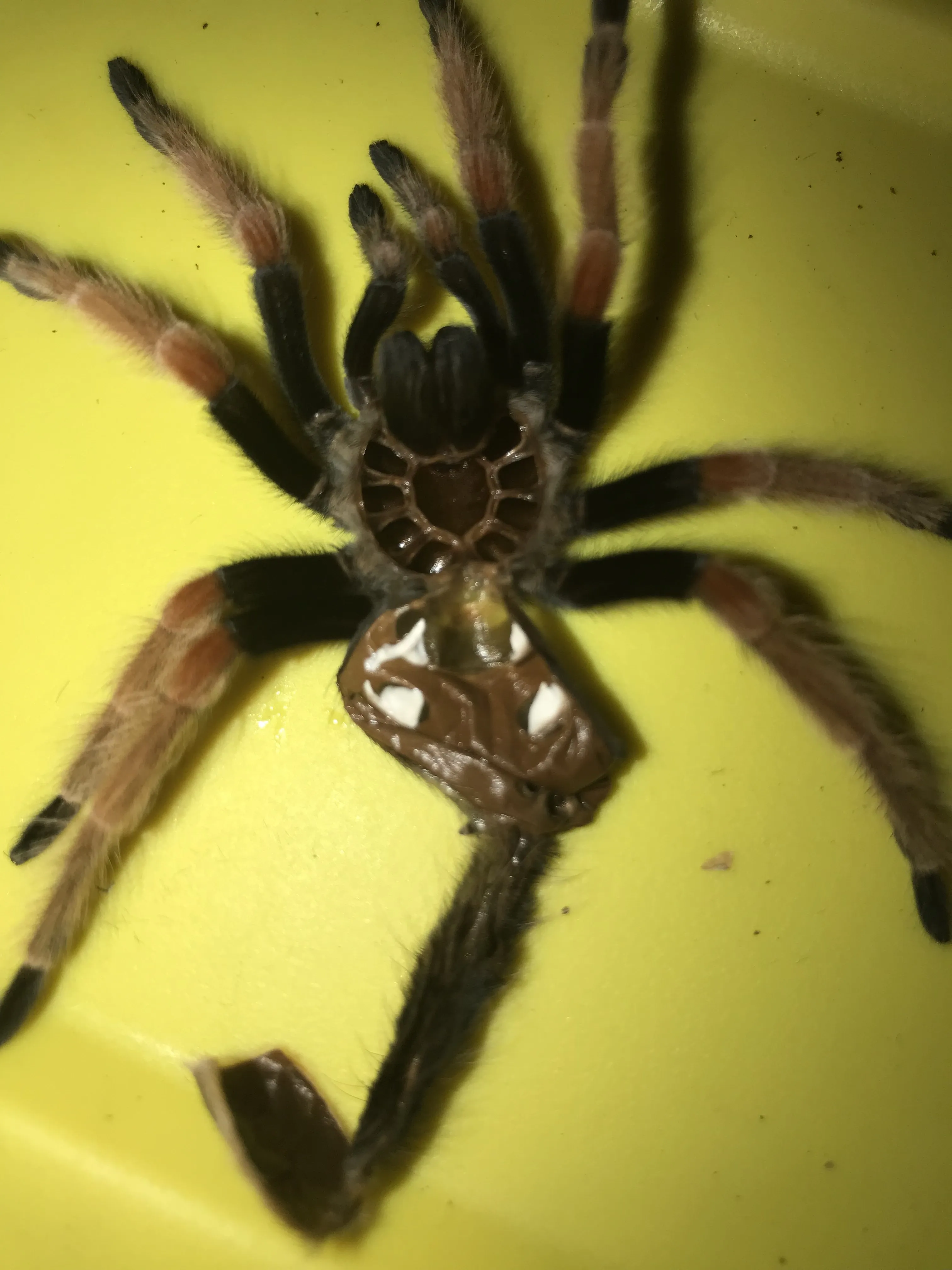
Breeding Boehmei tarantulas can be a rewarding experience, but it requires careful planning and preparation. It is generally recommended for experienced keepers. The process involves introducing a mature female to a mature male, and if successful, the male will deposit sperm into the female’s spermatheca. After mating, the female will create an egg sac, containing hundreds of eggs. The eggs will hatch within a few weeks, producing tiny spiderlings. Raising spiderlings requires specialized care, including small enclosures, frequent feedings, and a humid environment. Understanding the commitment and complexities of breeding is essential. This involves not only the technical aspects, but also the ethical considerations involved in responsibly breeding tarantulas.
Boehmei Tarantula Selecting a Healthy Specimen
When selecting a Boehmei tarantula, it’s crucial to choose a healthy specimen. Look for a tarantula that is active and alert, with no signs of injury or illness. The abdomen should be firm and well-rounded, not shrunken or wrinkled. Check the tarantula’s legs for any missing limbs or abnormalities. The tarantula should have a good appetite, readily consuming food. Avoid tarantulas that appear lethargic, are reluctant to eat, or show signs of mites or other parasites. Buying from a reputable breeder or pet store is essential, as it increases the chances of obtaining a healthy specimen. Ensure that the tarantula is properly identified and that the breeder can provide information about its age, origin, and any special care requirements.
Caring for a Boehmei tarantula is a rewarding experience, providing a fascinating insight into the world of arachnids. By following this comprehensive care guide, you can provide a thriving environment, contributing to your tarantula’s longevity and well-being. Remember, dedication, careful observation, and a genuine appreciation for these incredible creatures are the keys to success. With the right care, your Boehmei tarantula will thrive, offering you years of fascination and enjoyment.
